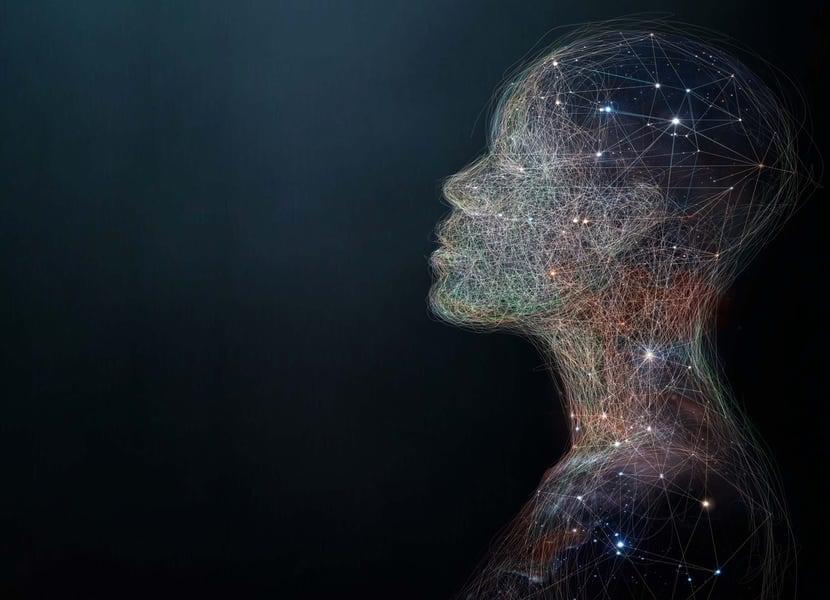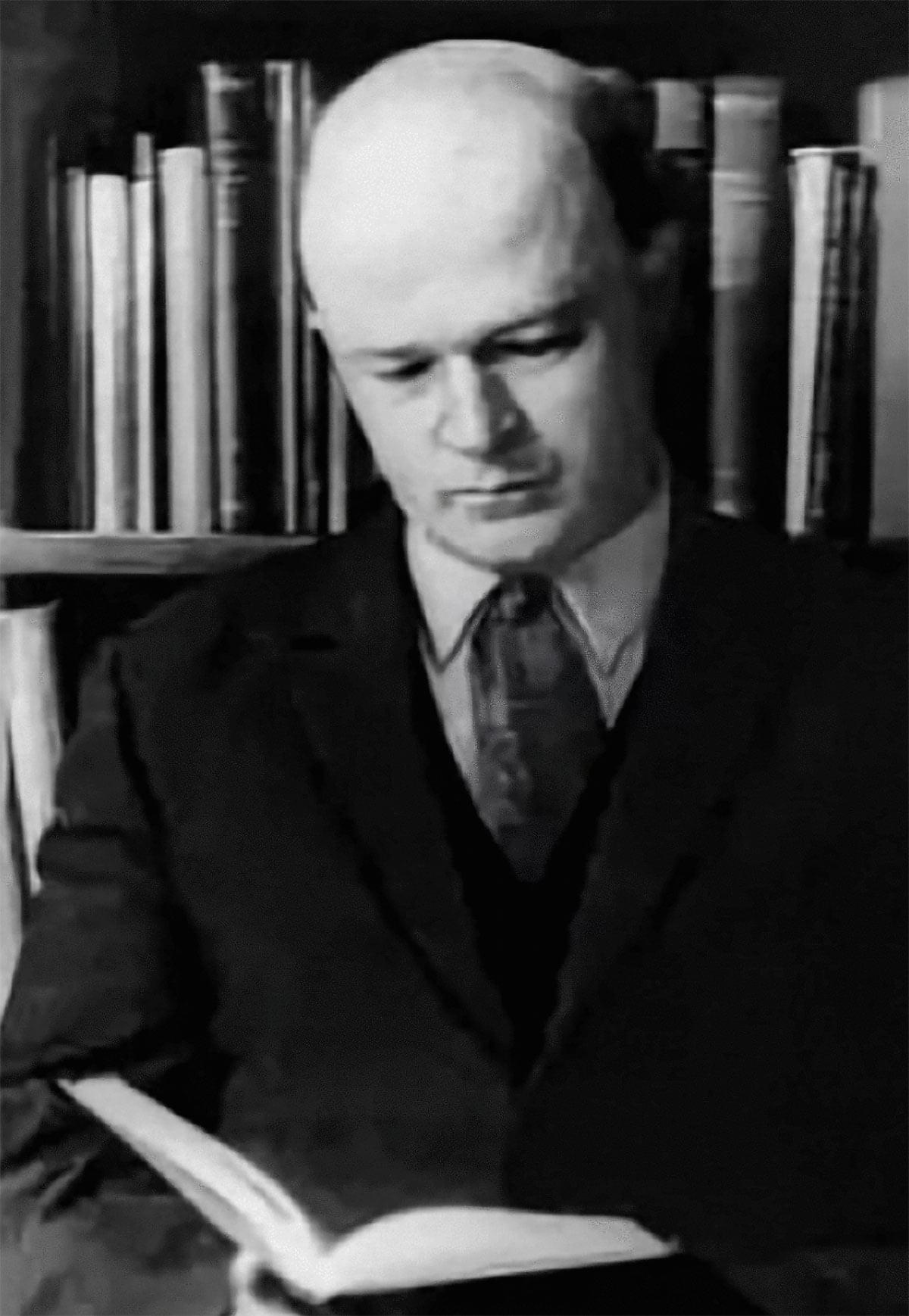When we think creatively, produce novel ideas, or otherwise have “Eureka” moments, we may actually unlock access to a dimension outside of our everyday perception, according to the controversial theory.



St. Hedwig Hospital and Charité–Universitätsmedizin Berlin researchers report that repeated mornings spent under dim indoor light in healthy young adults raised afternoon and evening cortisol and reshaped sleep in ways known from depressive illnesses.
Depressive disorders are often linked with hyperactivity of the hypothalamic–pituitary–adrenal axis, with cortisol levels that stay elevated into the afternoon and early evening instead of reaching their lowest levels, typical of early evening.
Sleep in depressive illness often carries its own fingerprint. Changes in REM sleep and a shift of slow wave sleep from the beginning of the night toward later phases have been described as biological markers of depression.
Blinking is a human reflex most often performed without thinking, like breathing. Although research on blinking is usually related to vision, a new Concordia study examines how blinking is connected to cognitive function, such as filtering out background noise to focus on what someone is trying to say to us in a crowded room.
In an article published in the journal Trends in Hearing, the researchers describe two experiments designed to measure how eye blinking changes in response to stimuli under different conditions.
They found that people naturally blink less when they are working harder to understand speech in noisy environments, suggesting that the act of blinking reflects the mental effort behind everyday listening. The research further showed that blink patterns remained stable across different lighting conditions—meaning people blinked just as much whether lighting was bright, dim or dark.

Researchers from the Yong Loo Lin School of Medicine, National University of Singapore (NUS Medicine), and NHG Health’s Institute of Mental Health (IMH) have mapped how brain networks differ in individuals at Clinical High Risk (CHR) for psychosis, providing a new perspective on the mechanisms underlying the disease onset.
Published in Molecular Psychiatry, the study utilized advanced neuroimaging methods to identify early, network-level changes in more than 3,000 individuals at varying levels of risk.
The study—led by Dr. Siwei Liu, Senior Research Scientist, and Associate Professor Juan Helen Zhou, Director, both at the Center for Translational Magnetic Resonance Research (TMR), NUS Medicine, and in collaboration with Associate Professor Jimmy Lee, Senior Consultant Psychiatrist and Clinician-Scientist at IMH—sought to determine how brain networks can reveal signs in young individuals with heightened clinical risk of developing psychosis.


Dopamine neurons in a part of the brain called the midbrain may, with aging, be increasingly susceptible to a vicious spiral of decline driven by fuel shortages, according to a study led by Weill Cornell Medicine investigators. The findings offer a potential explanation for the degeneration of this neuron population in Parkinson’s disease.
In the study, published Dec. 5 in the Proceedings of the National Academy of Sciences, the scientists examined how midbrain dopamine neurons, which have unusually numerous output branches, handle their high energy requirements. They showed that these neurons under normal conditions create a fuel reserve in the form of clusters of glucose molecules called glycogen. This allows the neurons to keep working for a surprisingly long time even when their usual supply of glucose from the blood is interrupted. However, the researchers also discovered that the neurons regulate their glycogen storage in a way that can leave them highly vulnerable to glucose shortages, especially as their functions begin to decline with aging.
“This vulnerability may explain the deaths of these midbrain neurons in Parkinson’s and is consistent with the idea that energy insufficiency is a common failure mode in neurological disorders,” said study senior author Timothy Ryan, the Tri-Institutional Professor of Biochemistry and Biophysics and a professor of biochemistry in anesthesiology at Weill Cornell Medicine.

A single-dose gene replacement therapy is found to improve movement ability in children over 2 years of age and teenagers with spinal muscular atrophy, according to research published in Nature Medicine. The results of this phase 3 clinical trial, involving 126 children and adolescents, could support an alternative to lifelong, repeat-dose treatments for people living with spinal atrophy beyond the age of 2 years.
Spinal muscular atrophy is a rare genetic condition that causes muscle weakness and loss of movement over time. It develops because the body cannot make enough of a protein, called survival motor neuron, needed for healthy nerve cells.
Onasemnogene abeparvovec is a gene therapy that restores production of this missing protein in a single treatment. However, it is currently approved in the U.S. and Europe only as a single intravenous treatment for children under 2 years of age. Therefore, those older than 2 years of age can receive treatments only to slow the disease, and these must be taken regularly, either by injection or orally.


Mental health is a global crisis, with more than 1 billion people affected by mental health conditions, according to the World Health Organization (WHO). Young people are particularly affected, with suicide as the third leading cause of death among those aged 15 to 29. A new study of the mental health of Nepali adolescents published in the journal PLOS One found that more than 40% of teens suffer from anxiety and that parenting style is a major factor influencing mental well-being.
A research team led by Rabina Khadka, a public health lecturer at the Manmohan Memorial Institute of Health Sciences in Kathmandu, surveyed 583 school-going adolescents in Bheemdatt Municipality, Nepal. The aim was to fill in gaps in the existing data, specifically the lack of research on how different parenting styles (authoritative, authoritarian and permissive) relate to a range of mental health outcomes.
Participants were asked to fill out a four-part survey with questions covering their mental health status (levels of depression, anxiety, stress and self-esteem), perceived parenting style and personal information such as age, gender and family situation. The researchers then measured these factors using recognized psychological scales and analyzed the data to find statistical links between the type of parenting teens received and their mental health.

Semaglutide medications like Ozempic and Wegovy can help lower the risk of heart and metabolic diseases in people with schizophrenia spectrum disorders, according to a study published in JAMA Psychiatry.
Glucagon-like peptide–1 receptor agonist (GLP-1RAs) drugs, such as semaglutide, mimic the natural gut hormone GLP-1 that regulates hunger and food intake. By activating GLP-1 receptors in the brain, the drug reduces hunger and slows gastric emptying, helping one feel full longer. It also enhances glucose-dependent insulin secretion, thereby improving blood sugar control.
Researchers in Denmark recruited 73 adults taking antipsychotic medications who were showing early signs of diabetes and had an average BMI of 36, which falls in the category of obesity. The participants, aged 18 to 65 years, were randomly assigned to receive either weekly semaglutide injections or a placebo for 6.5 months.